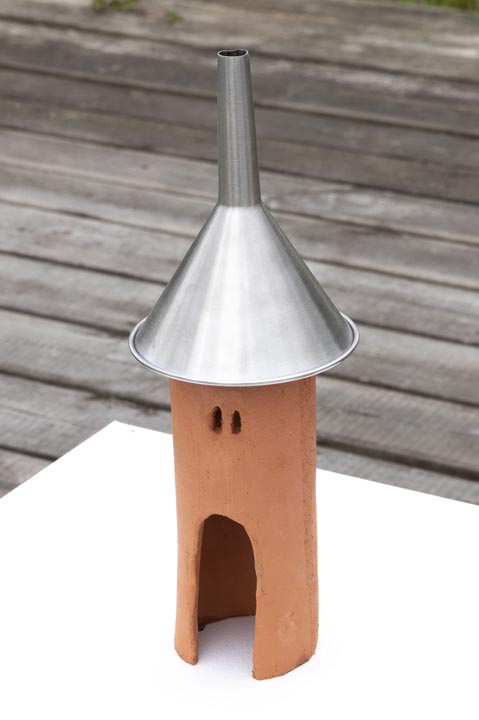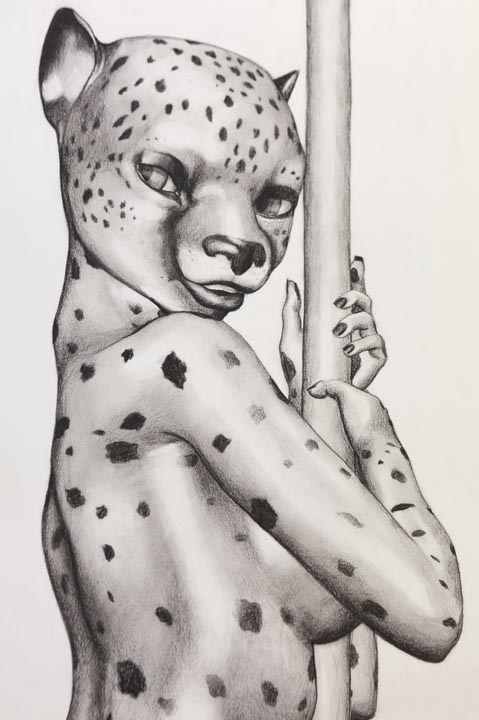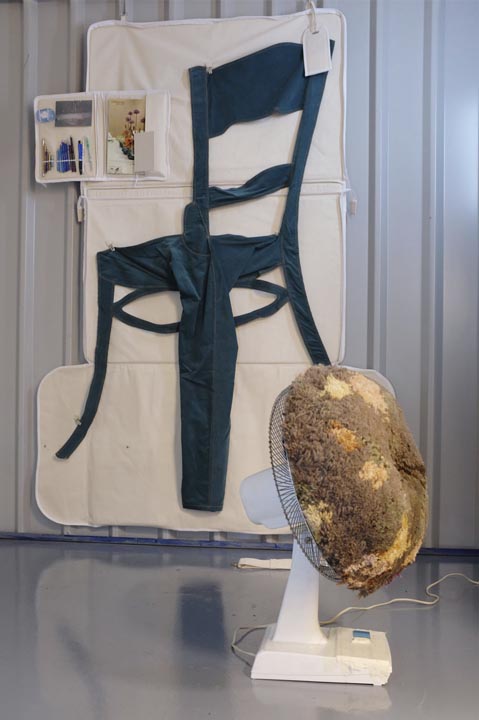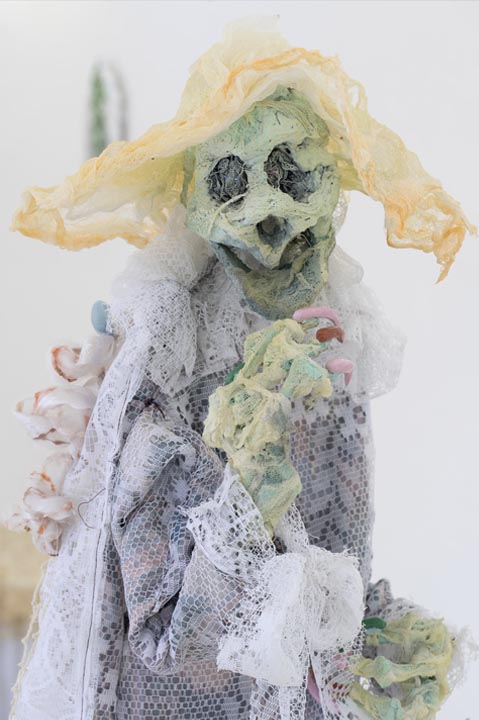OFLUXO
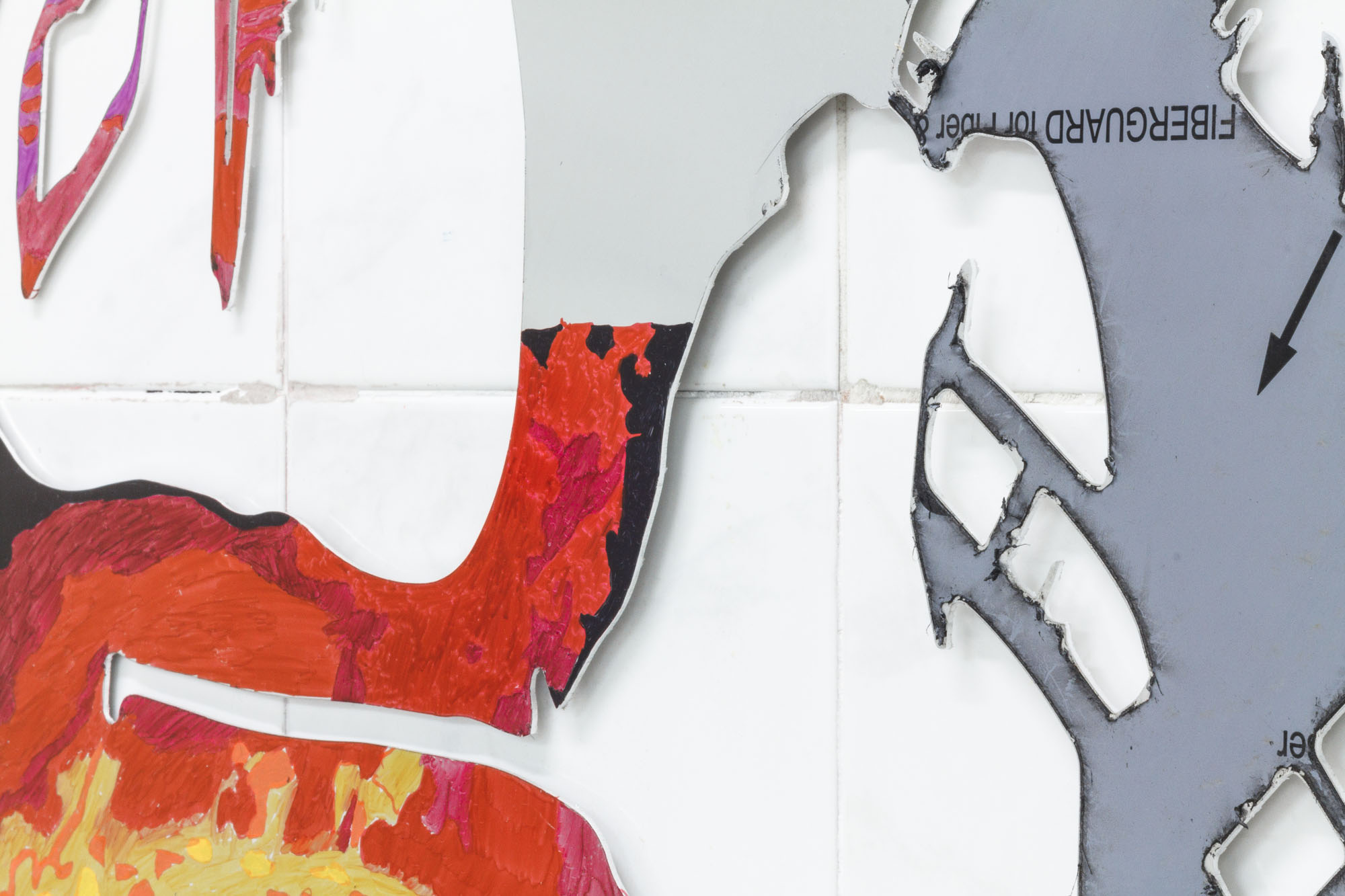
Unknown Synergy
Lito Kattou
@Tile Project Space, Milan, Italy
Curated by Mattia Giussani
Photos by by Elena Radice
“Nature is declining globally at rates unprecedented in human history — and the rate of species extinctions is accelerating, with grave impacts on people around the world now likely”. 1 This is the alarming opening statement of a recent report released at the end of April 2019, from the Intergovernmental Science-Policy Platform on Biodiversity and Ecosystem Services (IPBES), an independent organism created by United Nations in 2012.
In this new ecological world without nature2, where conditions of species survival on planet Earth are deteriorating year by year, how is it possible to tackle and analyse the relationships between human and non-humans agents? Within the contemporary techno capitalistic structure, in what terms should we discuss humans relationships with non-humans agents living in the same uncertain world?
As the German Scholar Erich Hörl3 states, Ecology has started to designate the collaboration of a multiplicity of human and nonhuman agents: “it is something like the cipher of a new thinking of togetherness and of a great cooperation of entities and forces, which has begun to be significant for contemporary thought.” (Hörl, 2017)
For her first solo exhibition in Italy, Unknown Synergy, Lito Kattou produced a new series of human like sculptures of bodies shaped as a composition, an assembly of human, technological and natural parts that come together to form something that reminds a new form of environmental creatures. Looking at the artist’s series of work Body, the complexity of the shapes used in each of the three sculptures is striking. In these visibly digitally fabricated aluminium artworks, the different composing elements are fluid and harmonic, interconnected to one another. A flower-headed upper part of a human body and legs with a stingray attached to them, commanded by a screen; a resembling like fish; a deconstructed human figure powered by a turbine motor. All of the sculptures have hand-painted drawings or acrylic paintings of sunsets and landscapes that are carried as equipment, attributes, adornments and abstract skills by the bodies.
The influence and role of technology in these hybrid beings is visible in their functioning, and as expressed by theorist Luciana Parisi, “Ecology involves the capacities of the environment, defined in terms of a multiplicity of interlayered milieus or localities, to become generative of emergent forms and patterns”4 (Parisi, 2017). These newly formed patterns are a typical example of what the Cypriot artist is trying to expose with her sculptures. Ecology, intended as a synergy of different organisms and agencies, generating new types of figures and configurations, something that can be linked to and seen as a realization of what critical posthumanist Rosi Braidotti would see as a post-anthropocentric model that places the preservation of the “dynamic, self-organizing structure of life itself”5 (Braidotti, 2013).
It is possible to say then that synergy has become the “principle of principles of ecology”6 (Neyrat, 2017) that characterizes our contemporary condition. As a consolidated fact that nature doesn’t exist anymore as previously intended in this ecological condition, “everything makes itself over and over again, endlessly constituting and reconstituting itself, ceaselessly becoming” (Neyrat, 2017)7. This can be recalled with the fragile Mediterranean dried milk thistles that the artist uses. In this new version, the copper electroformed thistles can be interpreted in different meanings. They can be used in an encounter, gifts to be given to other bodies, or paying tributes to bodies that are gone. Nature that repeats itself over and over again, carrying with it different values and uses.
Looking at the artist’s work, it is clear how this (once) unknown synergy between humans and non-humans is fundamental, and how breaking these interconnections is not a viable option. The fragile equilibrium, and yet a connectiveness that pervades Kattou’s work, envisions and mirrors the key topics of debate regarding ecological worlds, showing how the separation between all the agencies that populate Earth would not be possible and how it would be counter-productive,
exposing the very changes we’re dealing on a day to day basis, and envisioning what the future is holding for us.
Text by Mattia Giussani
1 https://www.ipbes.net/news/Media-Release-Global-Assessment
2 Morton, T. (2010) ‘The Ecological Thought’, Cambridge, United States: Harvard University Press.
3 Hörl, E. (2017) ‘Introduction to general ecology – The ecologization of thinking’, in Hörl, E. (ed.) General
Ecology, The New Ecological Paradigm, London, United Kingdom: Bloomsbury, p.3
4 Parisi, L. (2017) ‘Computational Logic and ecological rationality’, in Hörl, E. (ed.) General Ecology, The
New Ecological Paradigm, London: Bloomsbury, p.83.
5 Braidotti, R. (2013) The Posthuman. Cambridge, United Kingdom: Polity press, p.60
6 Neyrat, F. (2017) ‘Elements for an Ecology of separation – Beyond ecological constructivism’, in Hörl, E.
(ed.) General Ecology, The New Ecological Paradigm, London, United Kingdom: Bloomsbury, p.101
7 Neyrat, F. (2017) ‘Elements for an Ecology of separation – Beyond ecological constructivism’, in Hörl, E.
(ed.) General Ecology, The New Ecological Paradigm, London, United Kingdom: Bloomsbury, p.104
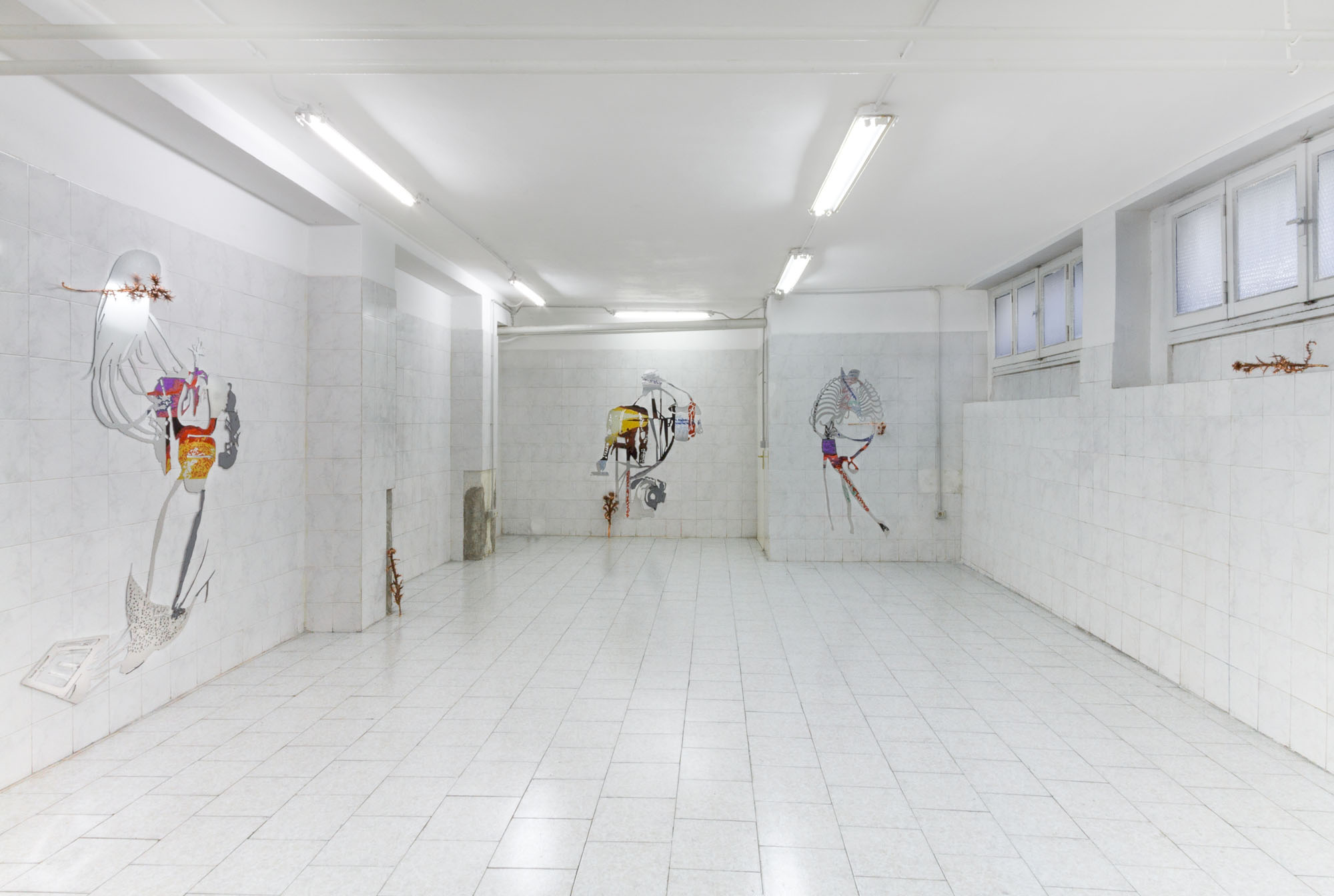
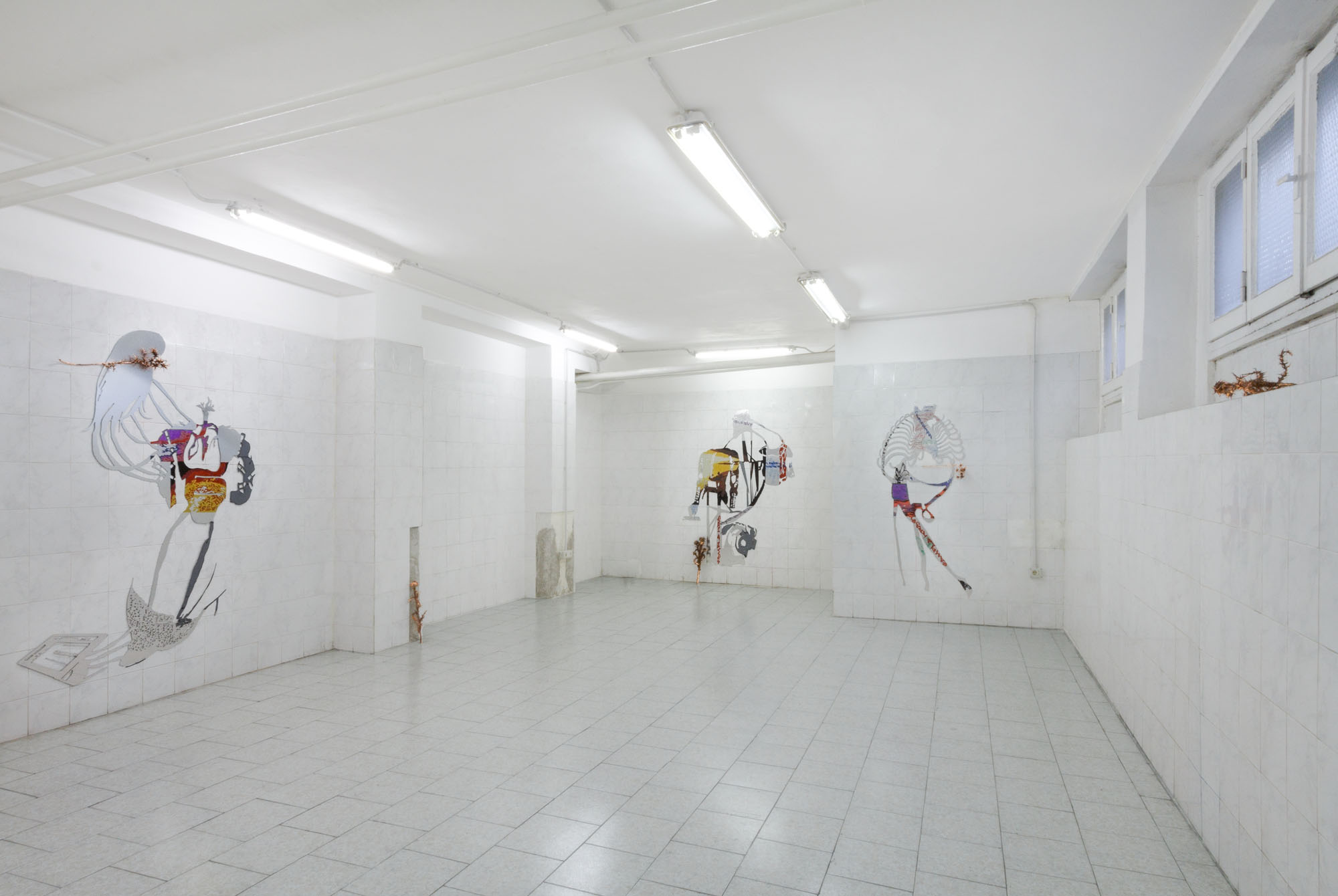
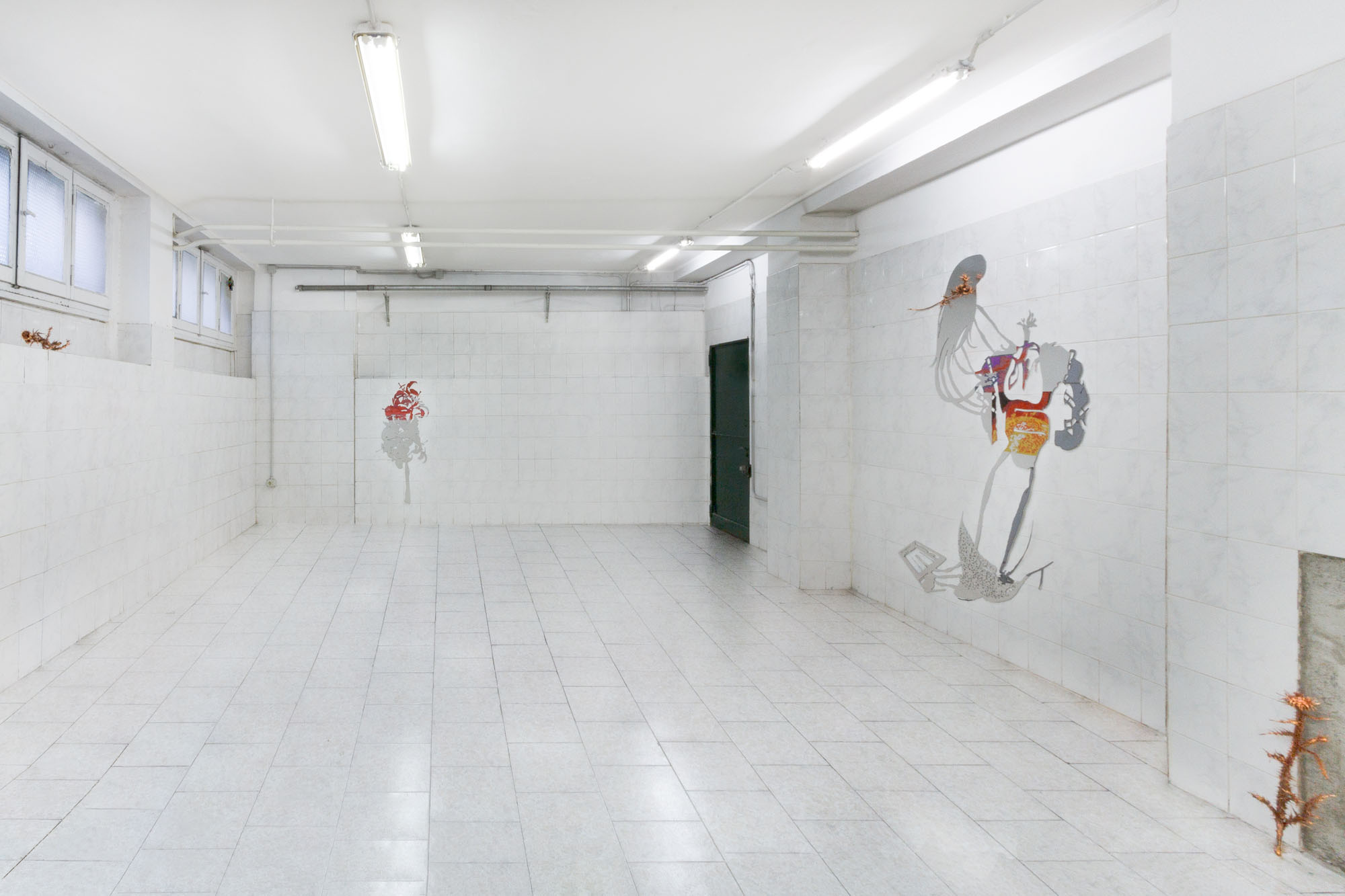
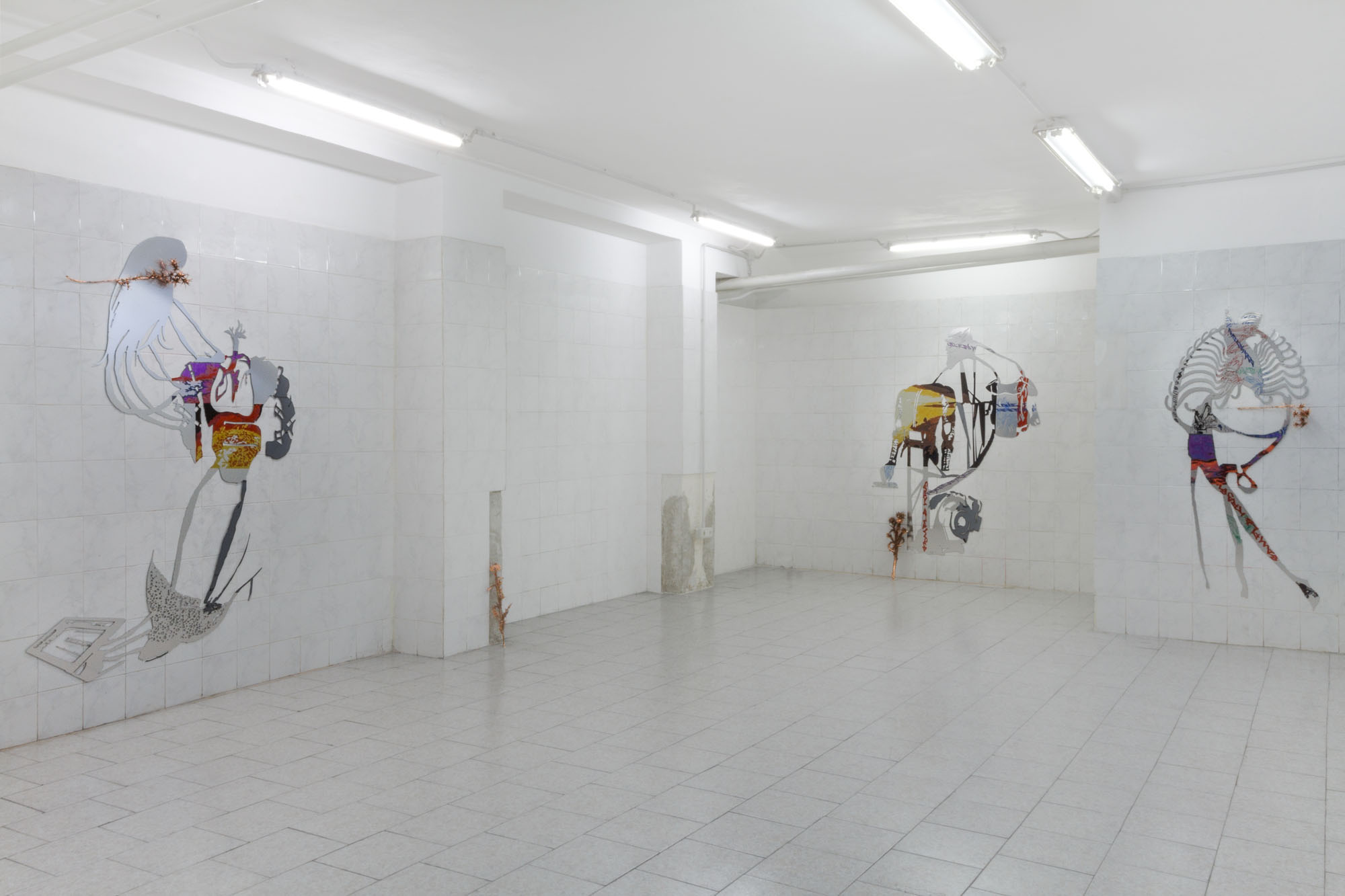
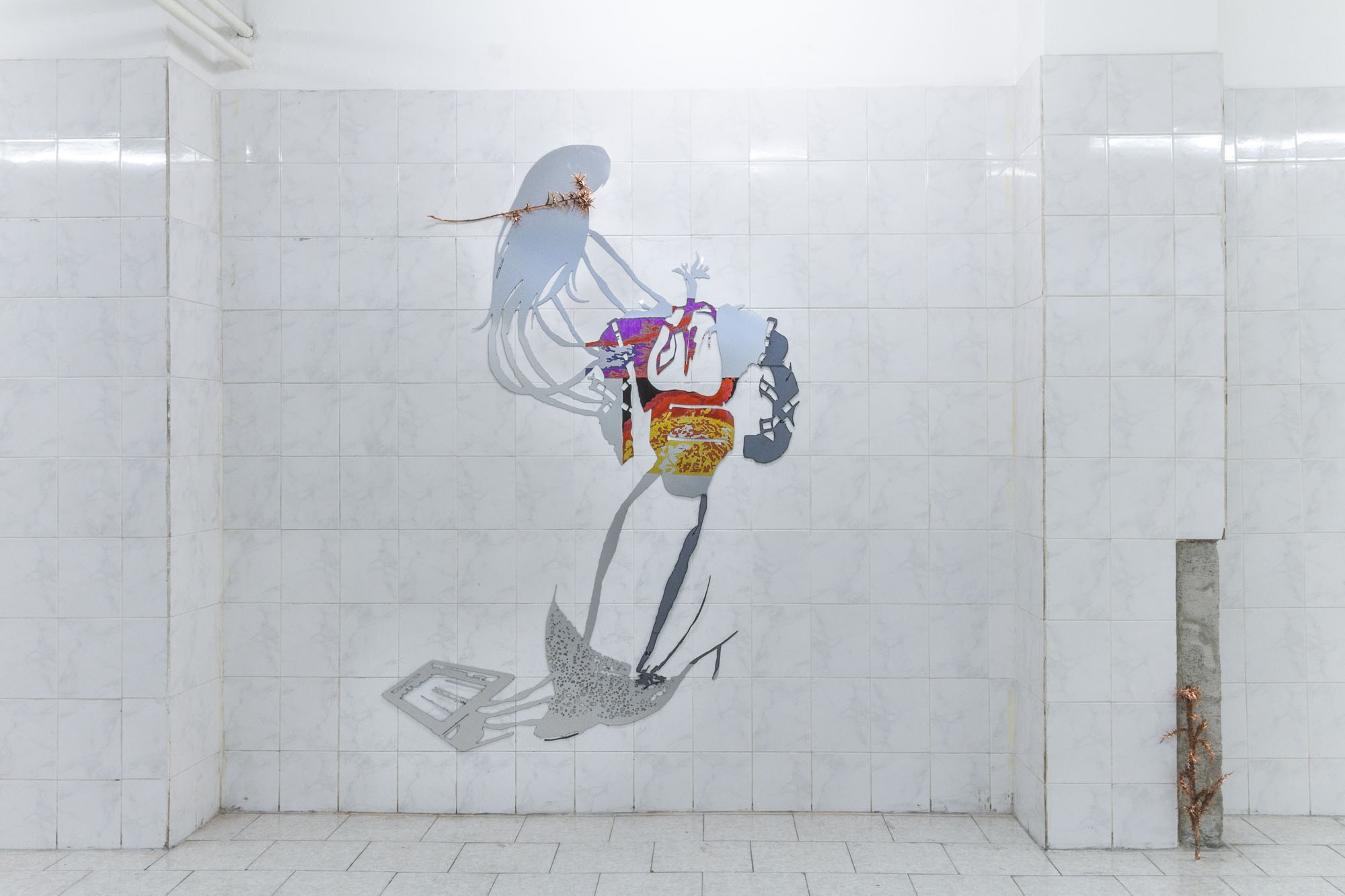
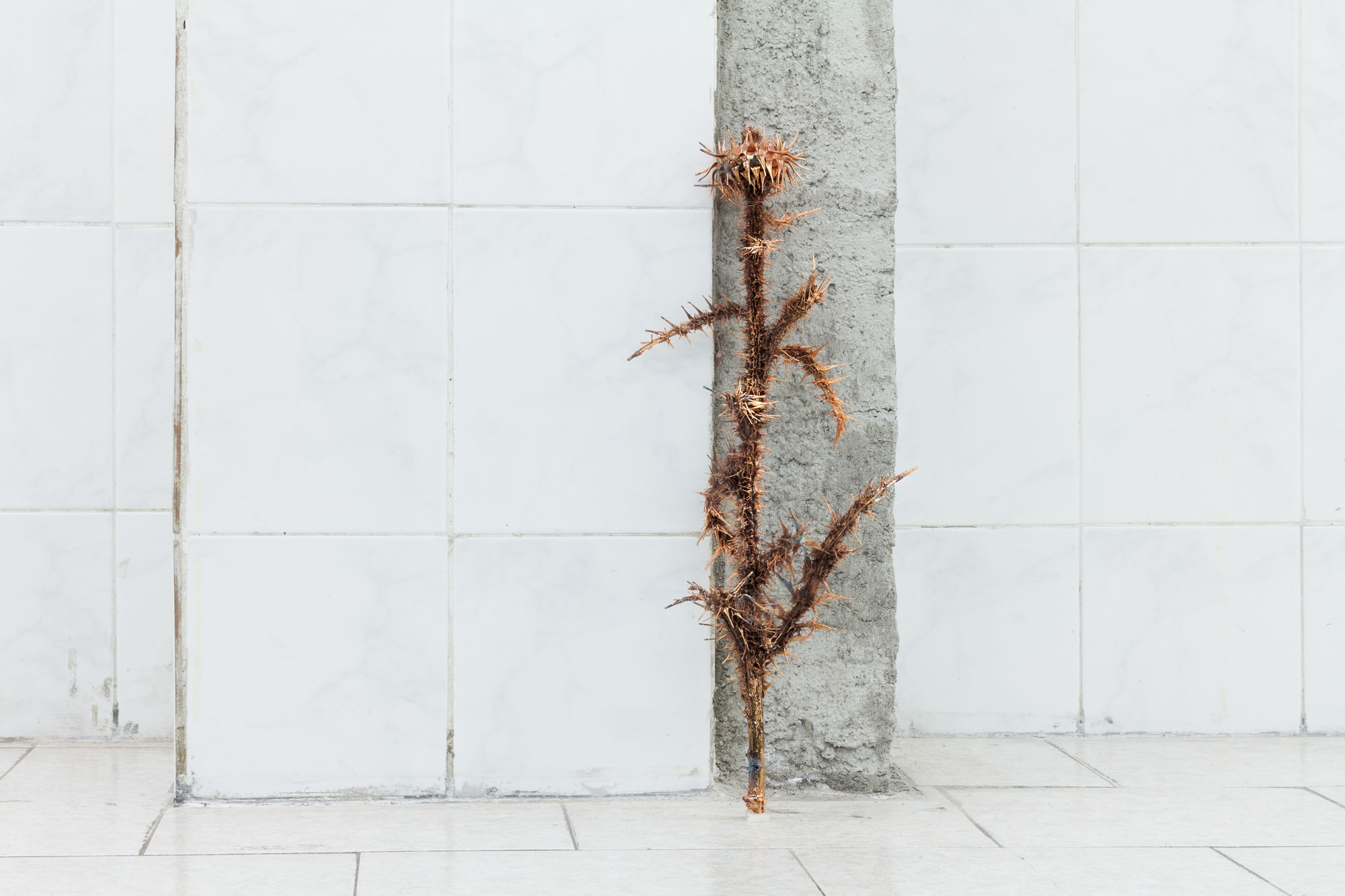
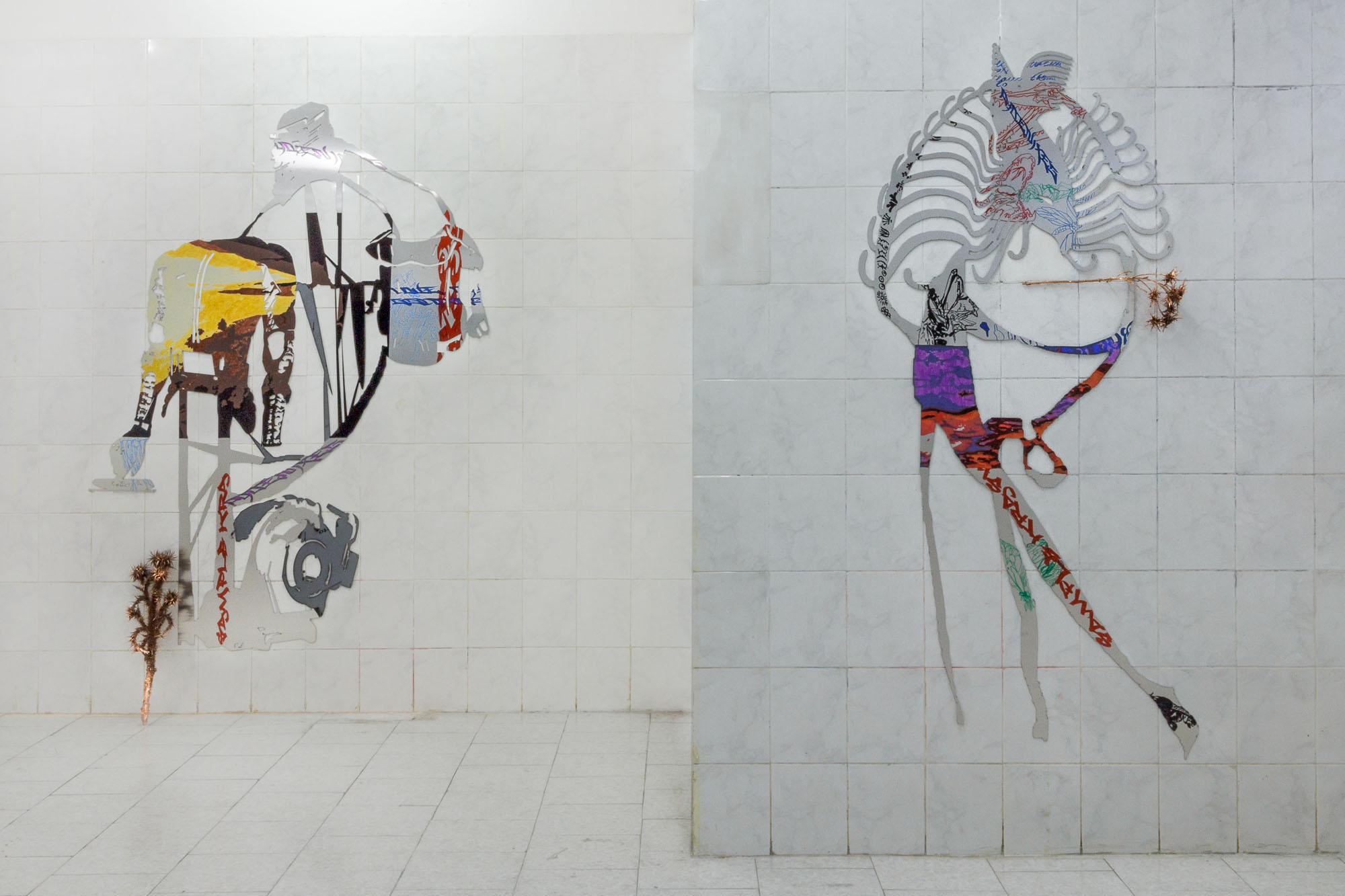
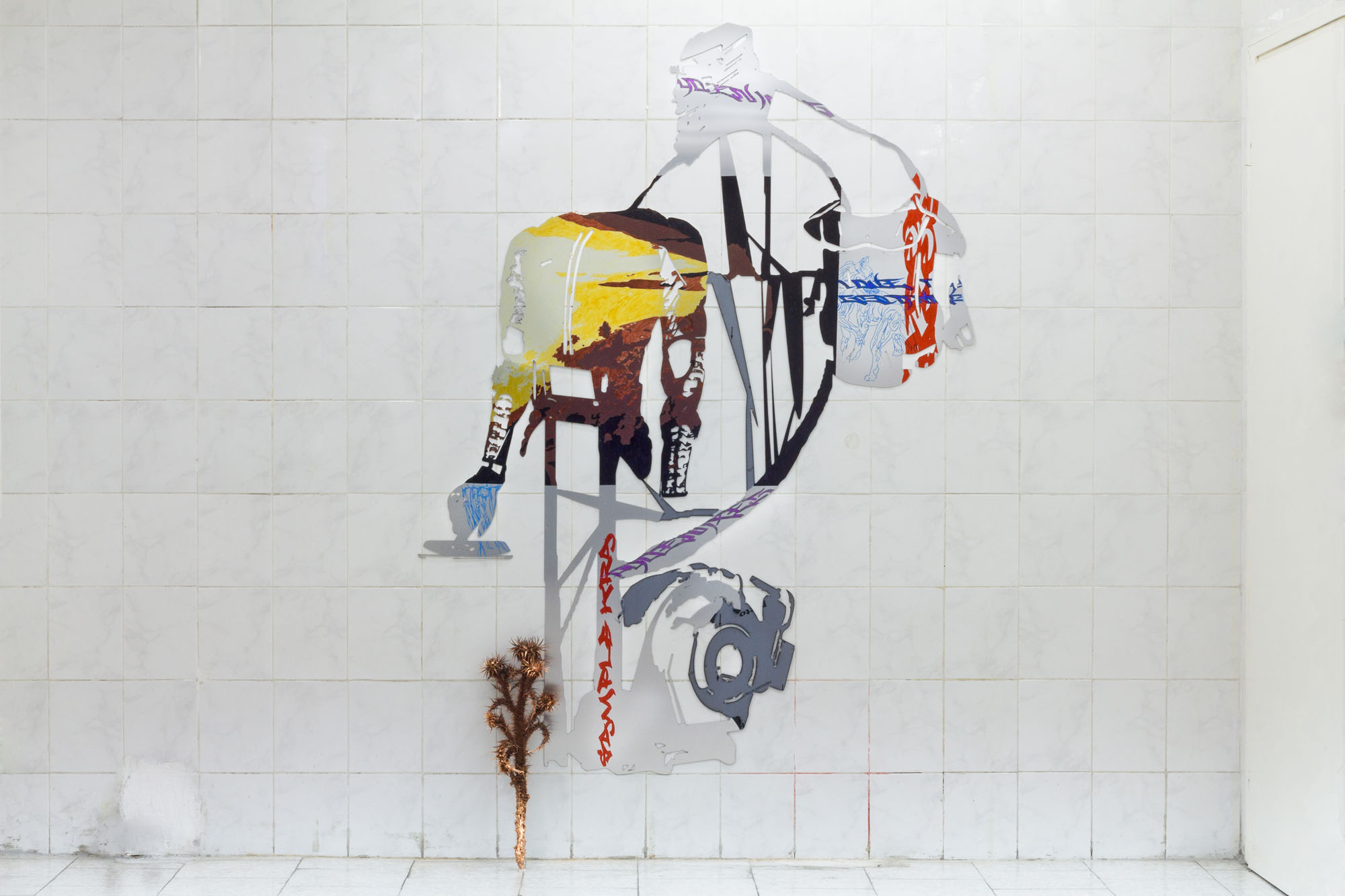
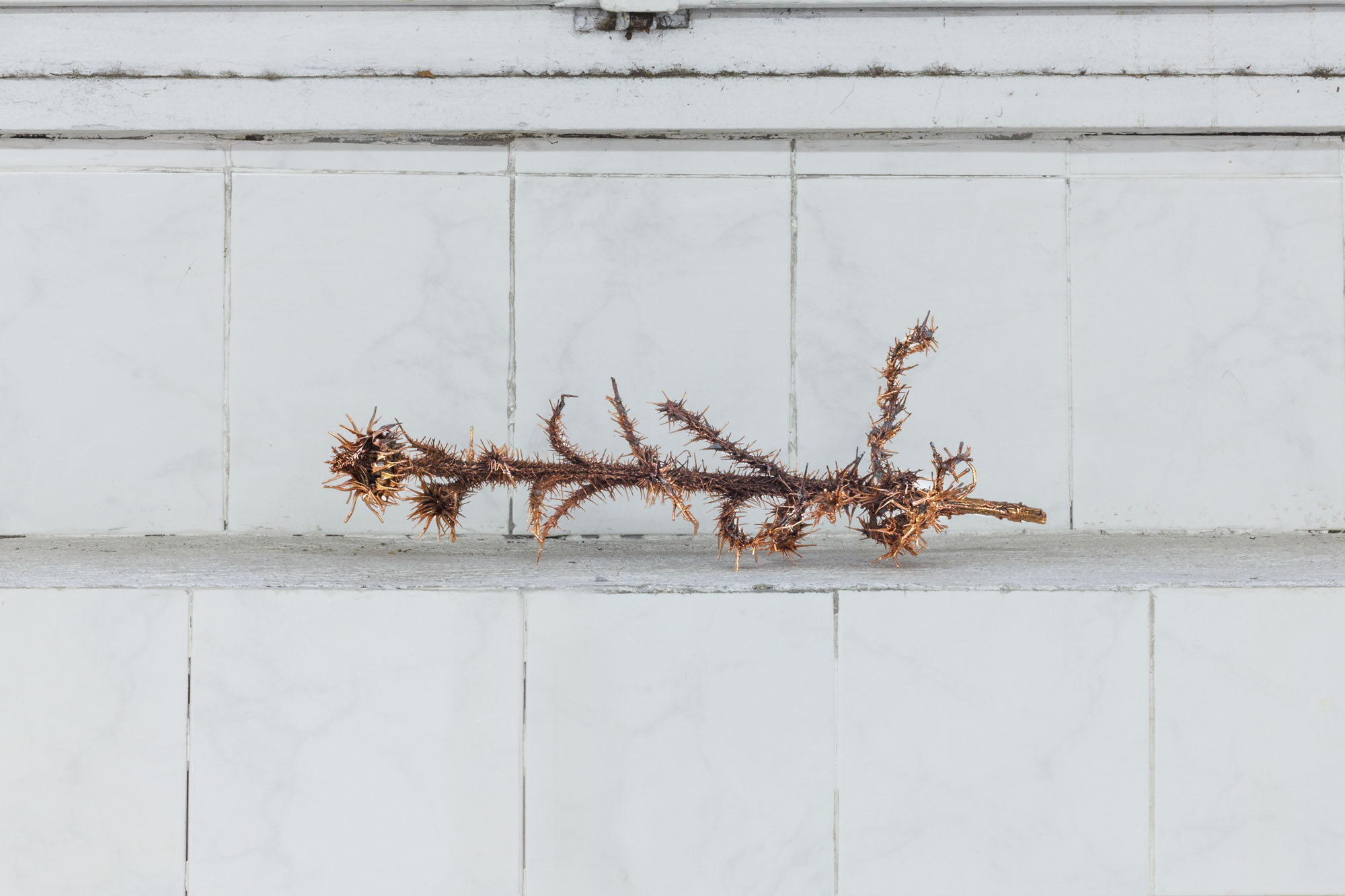
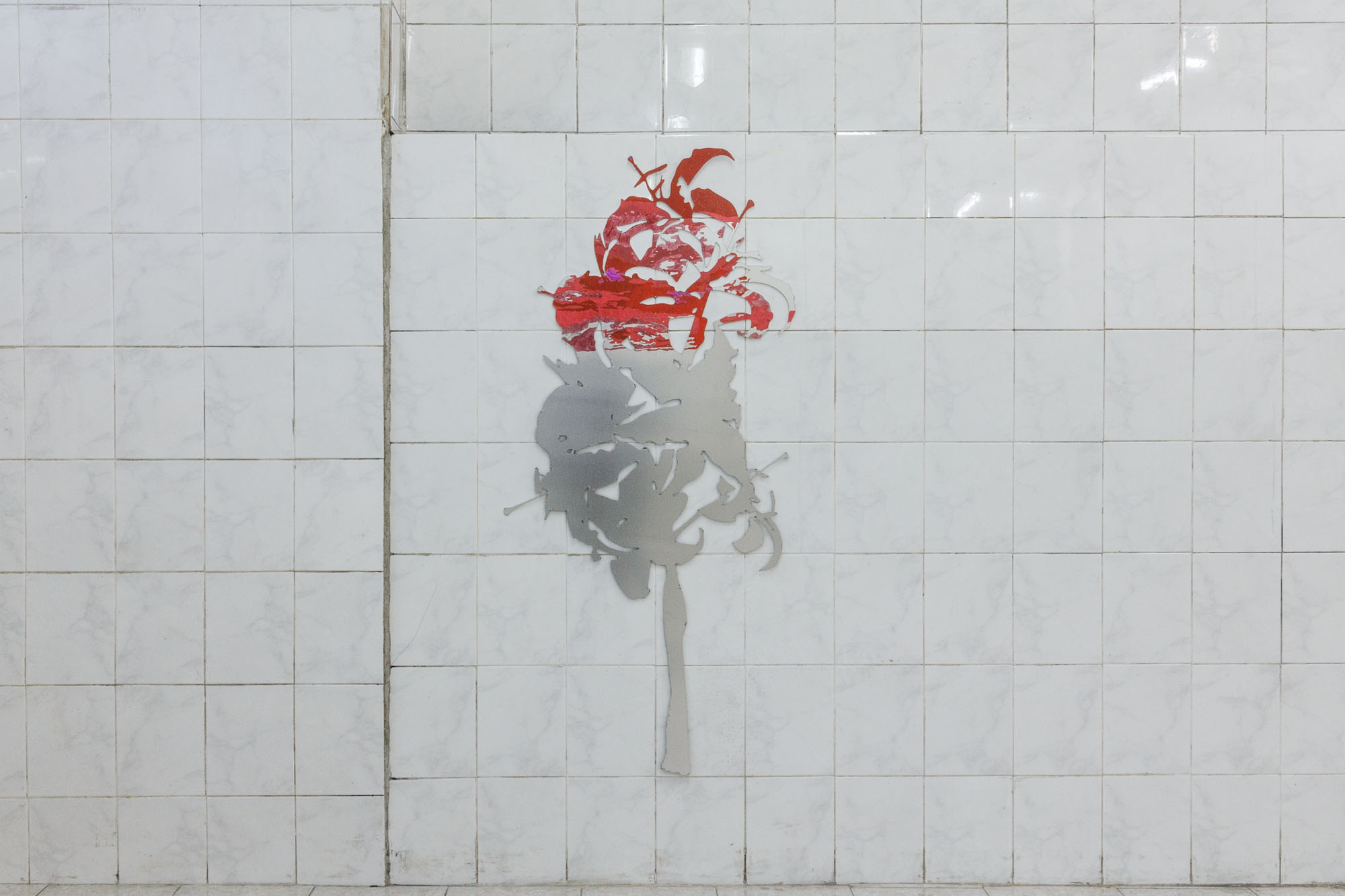
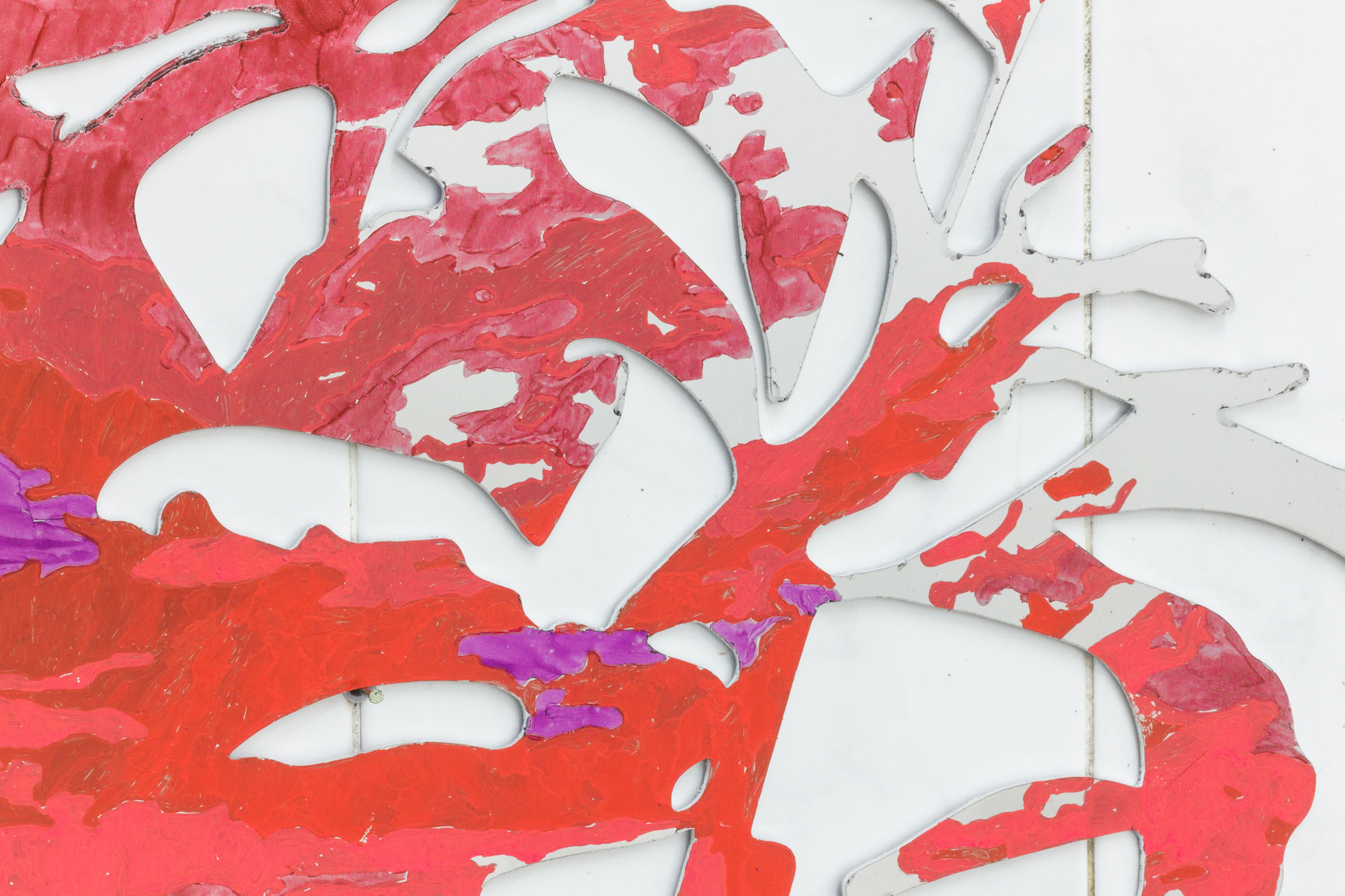
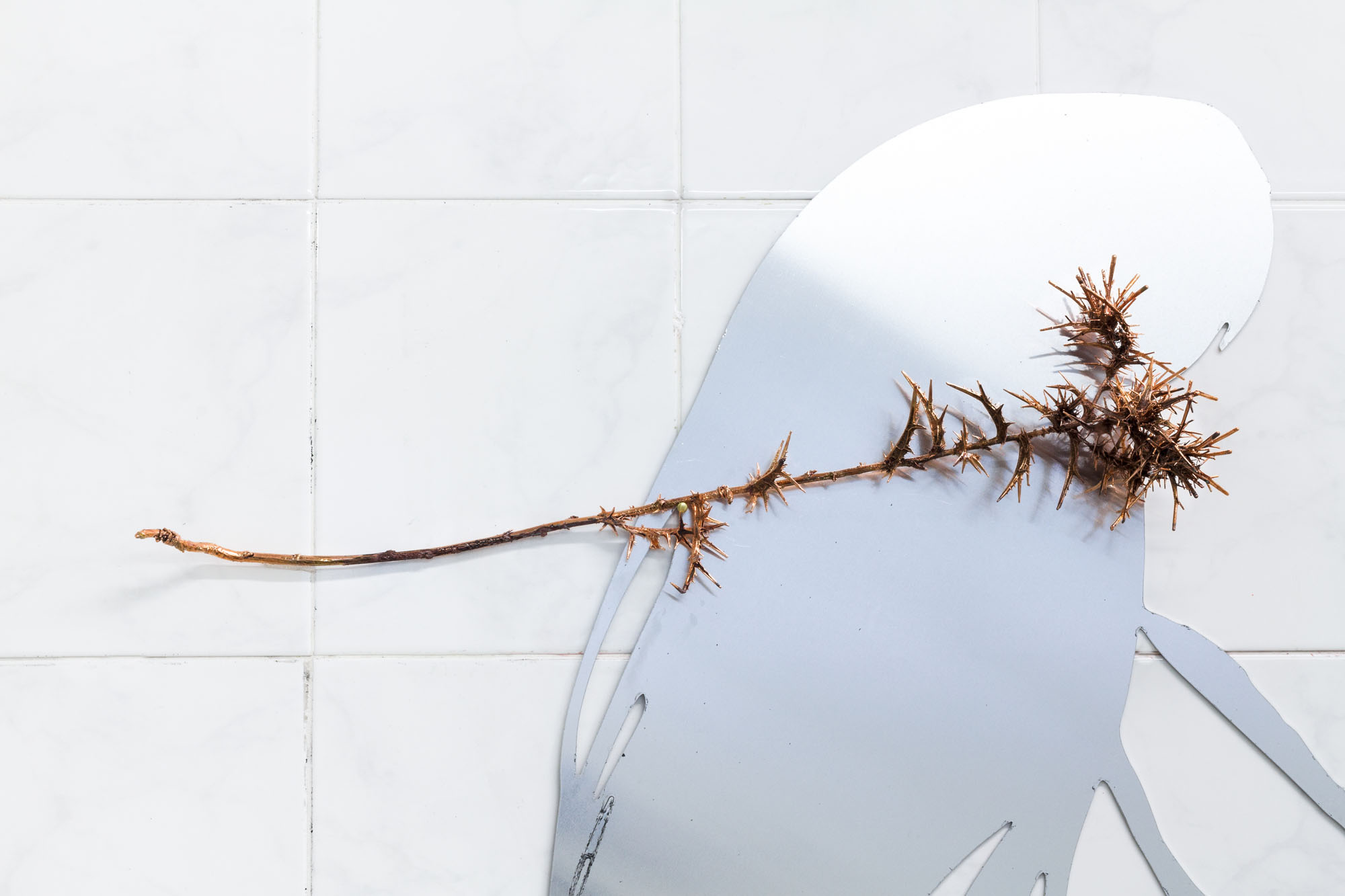
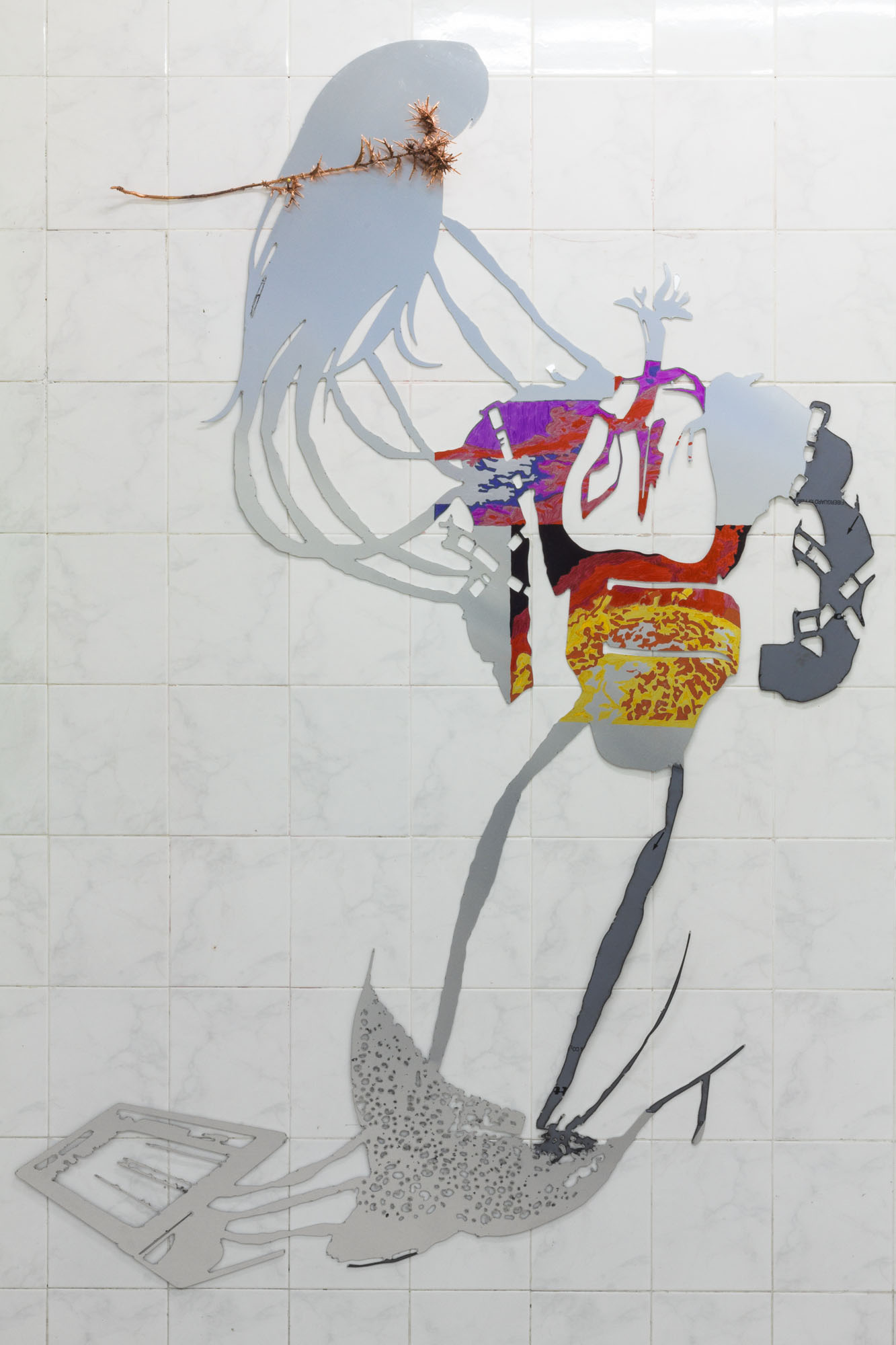
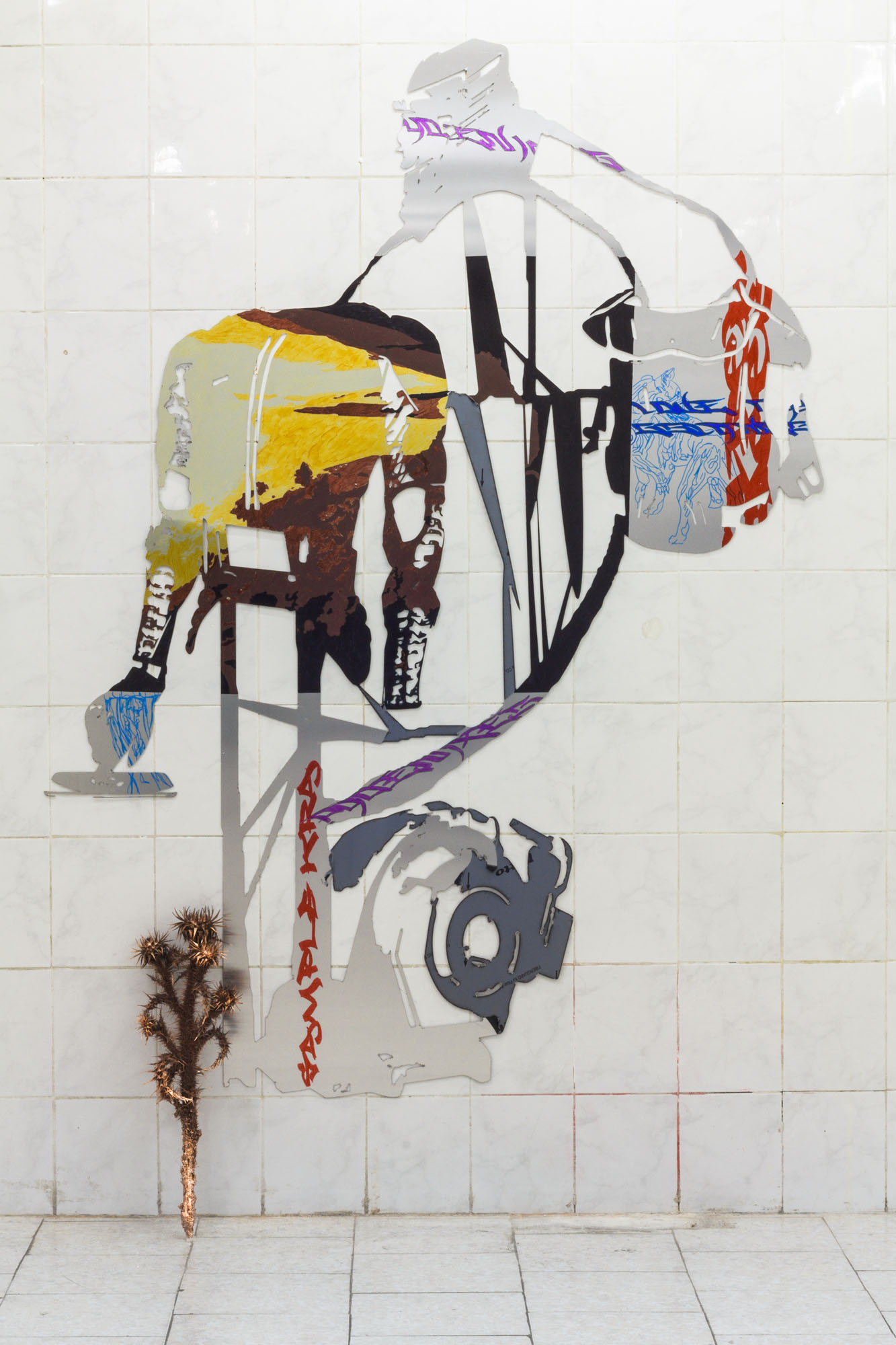
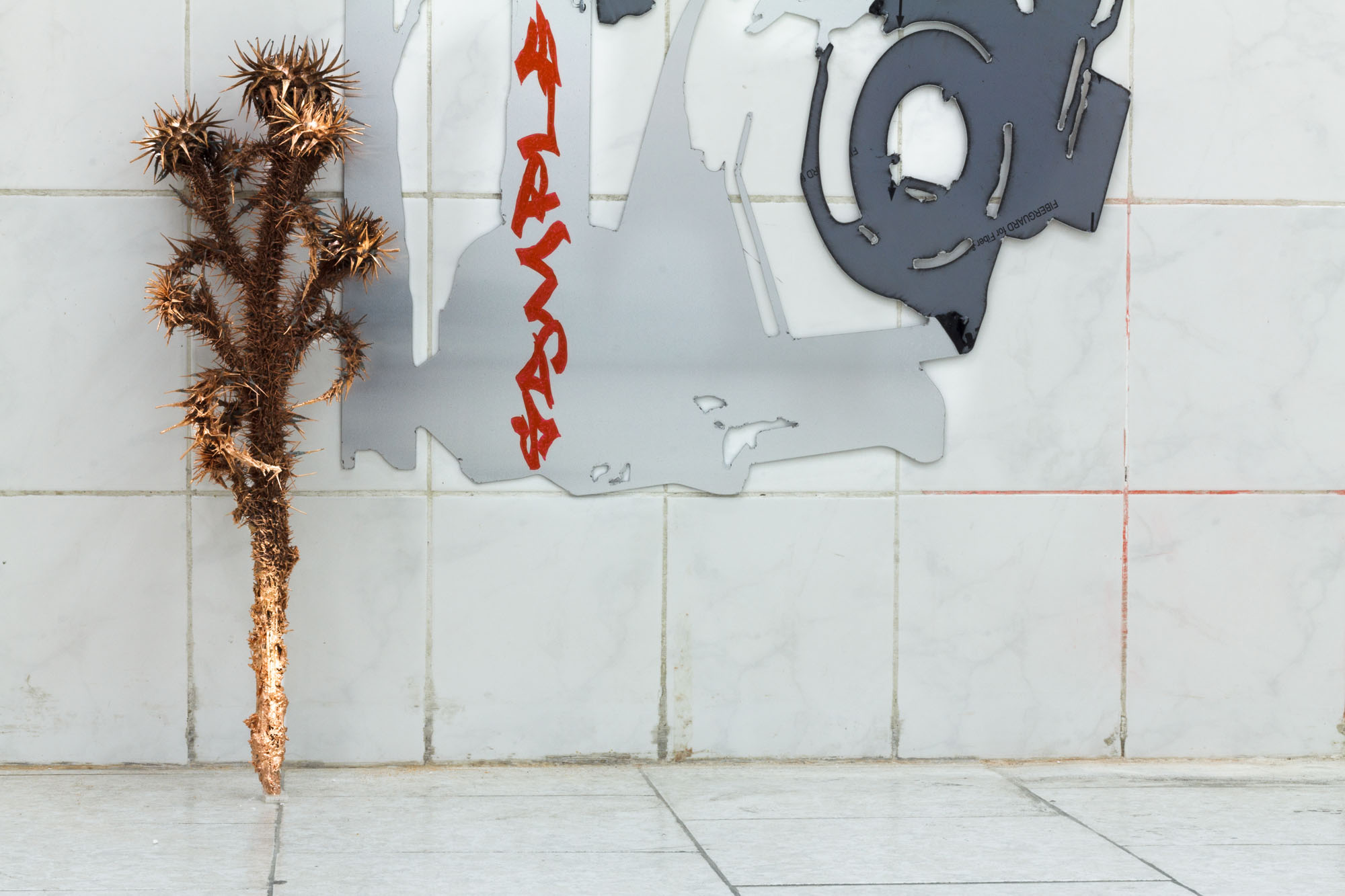
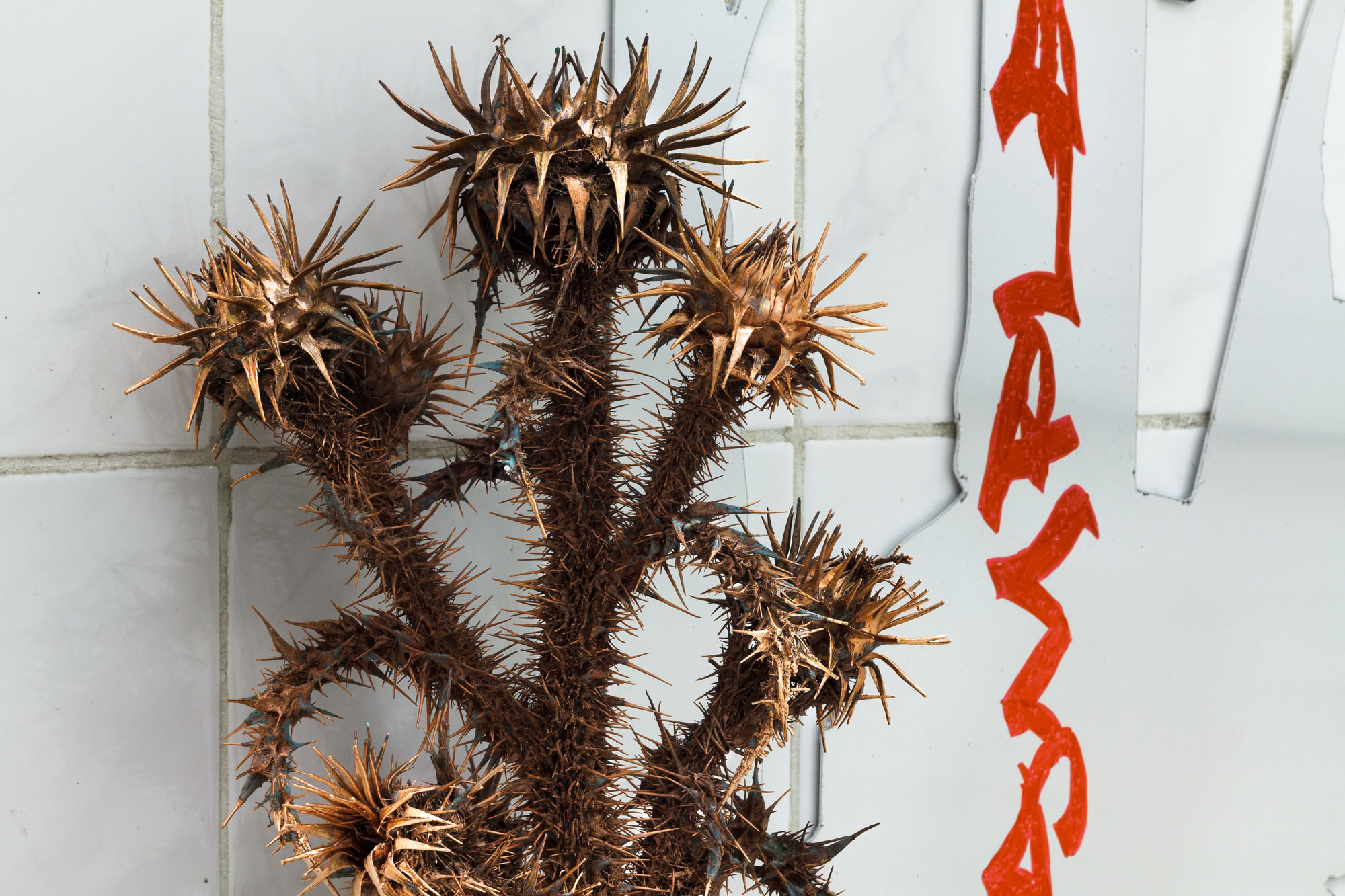
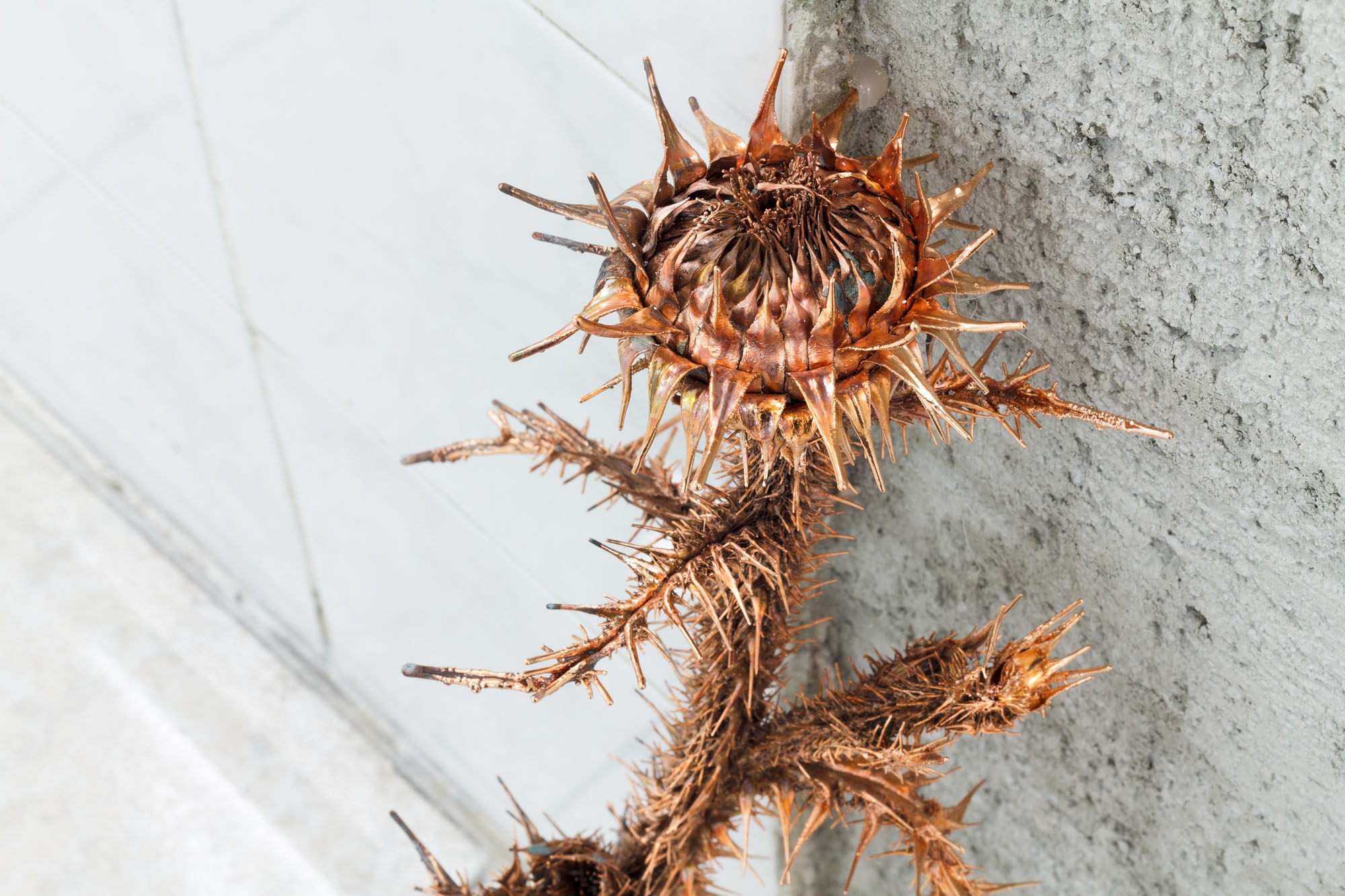
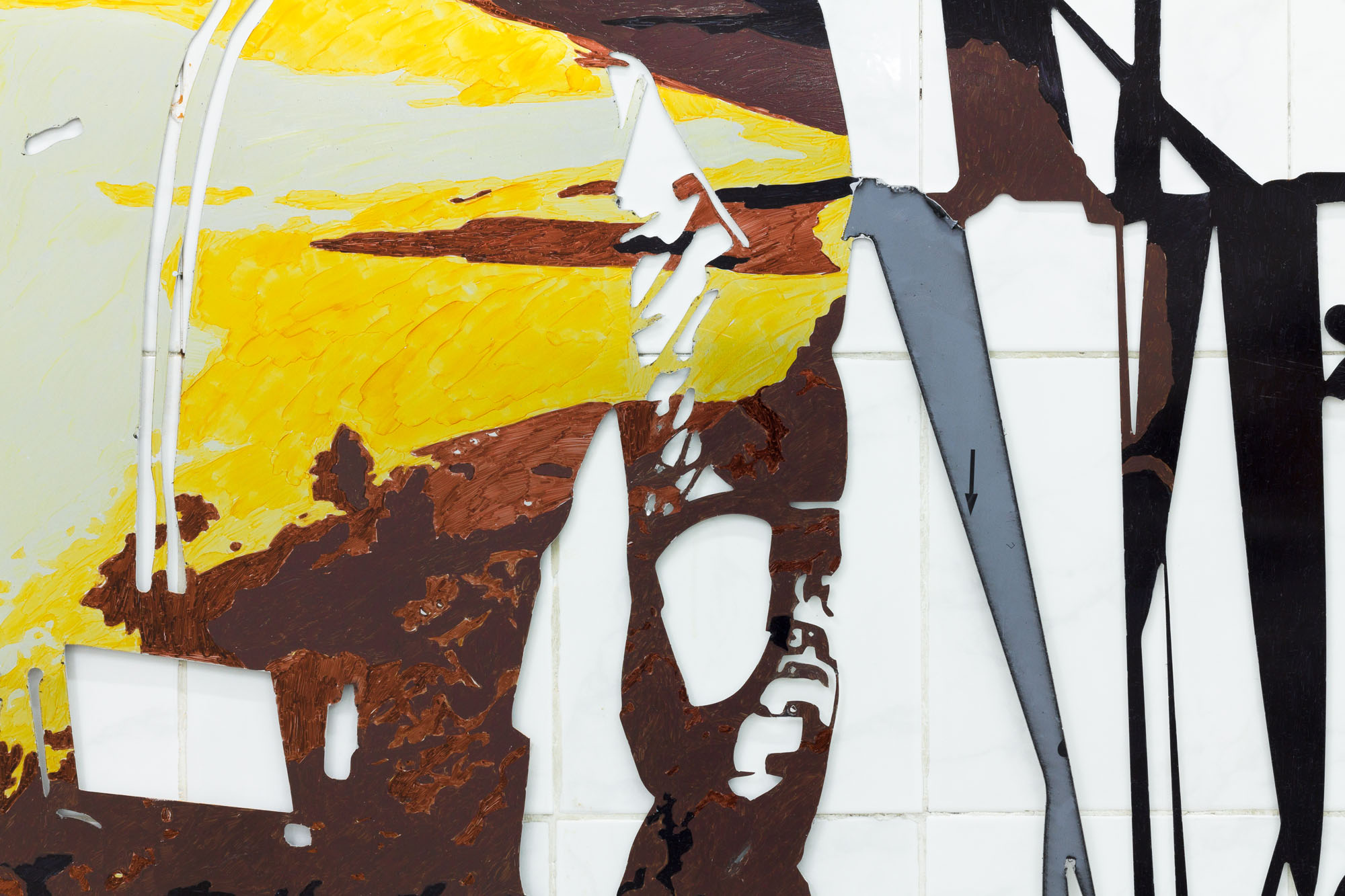
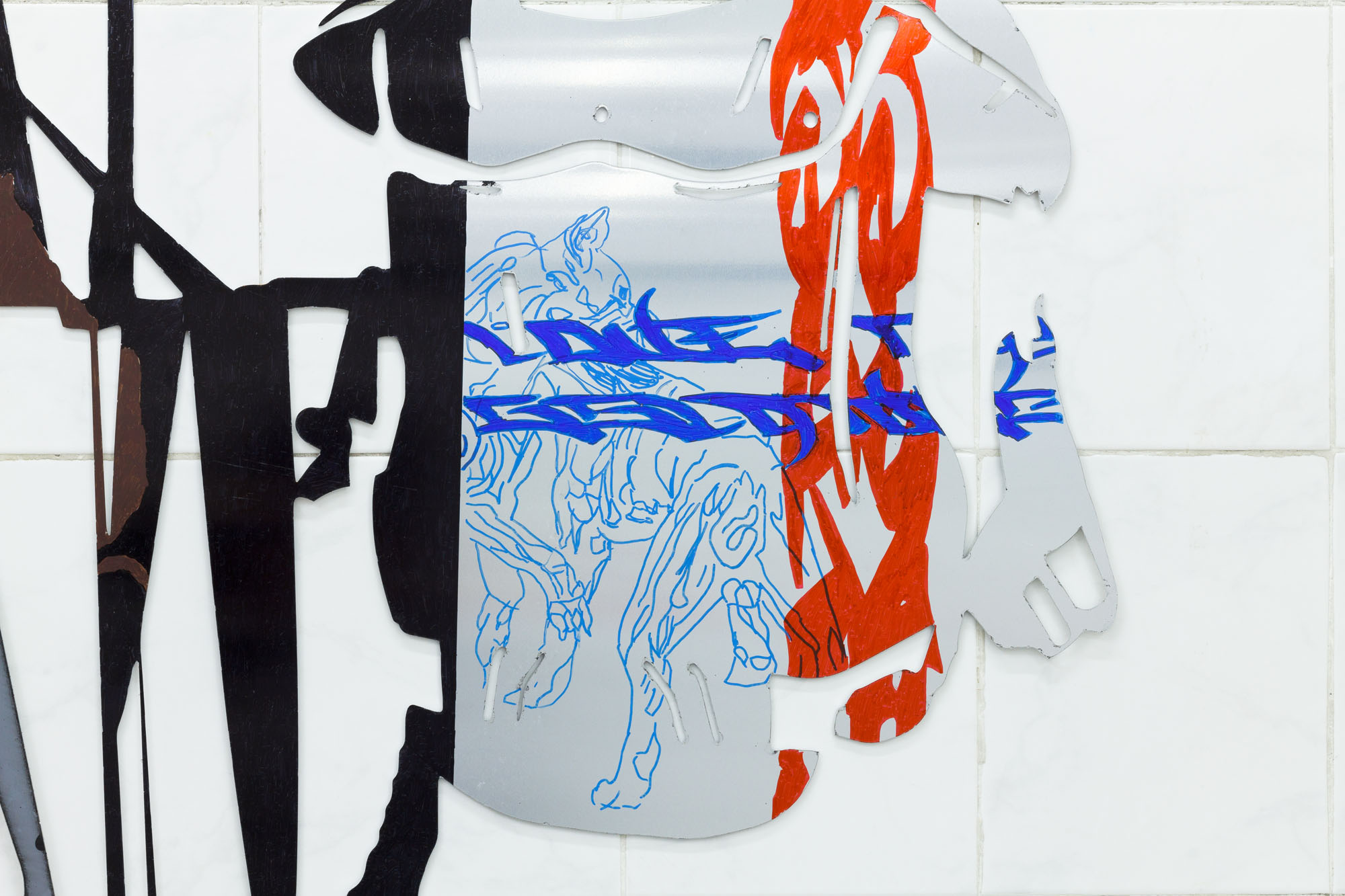
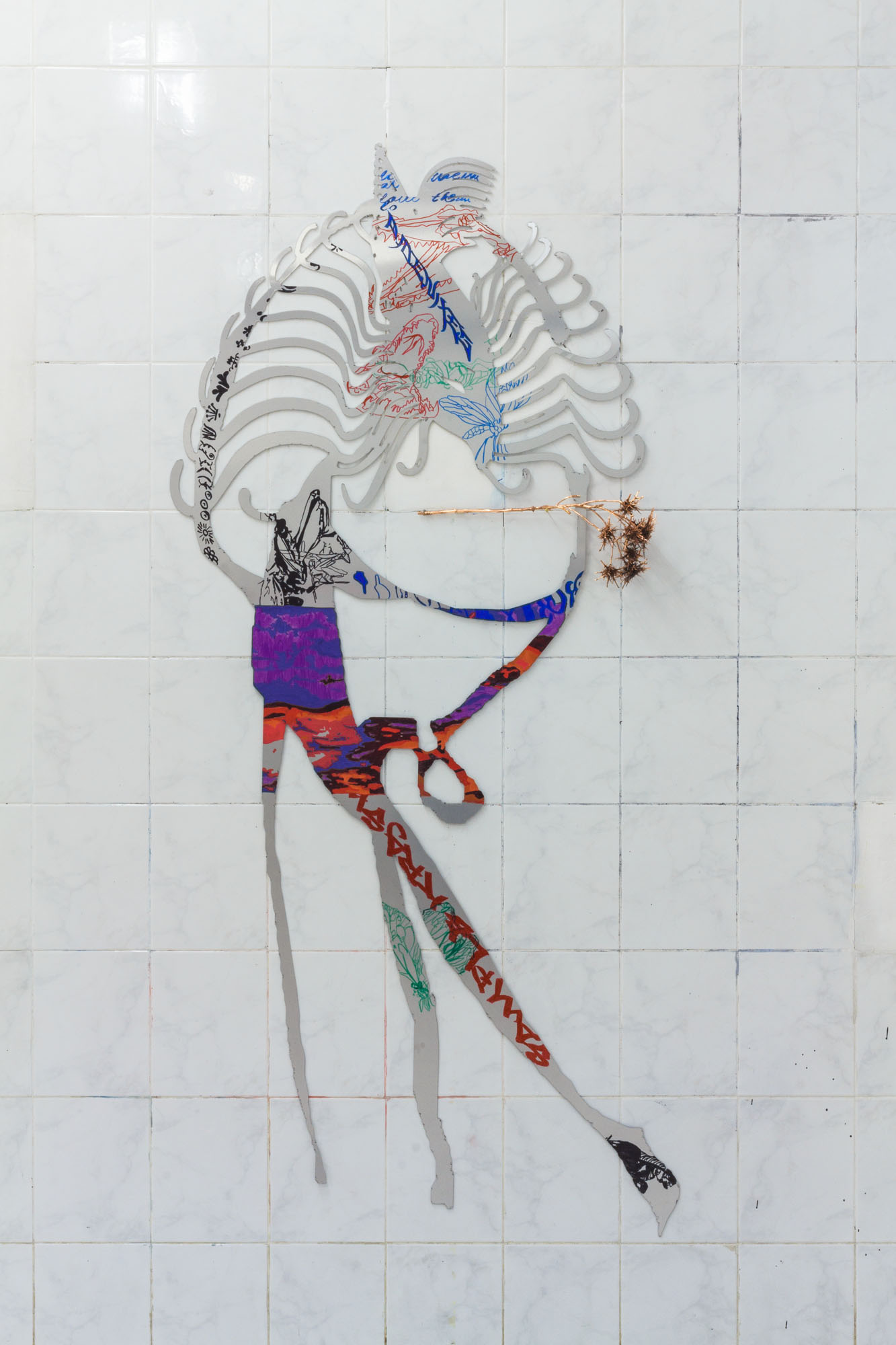
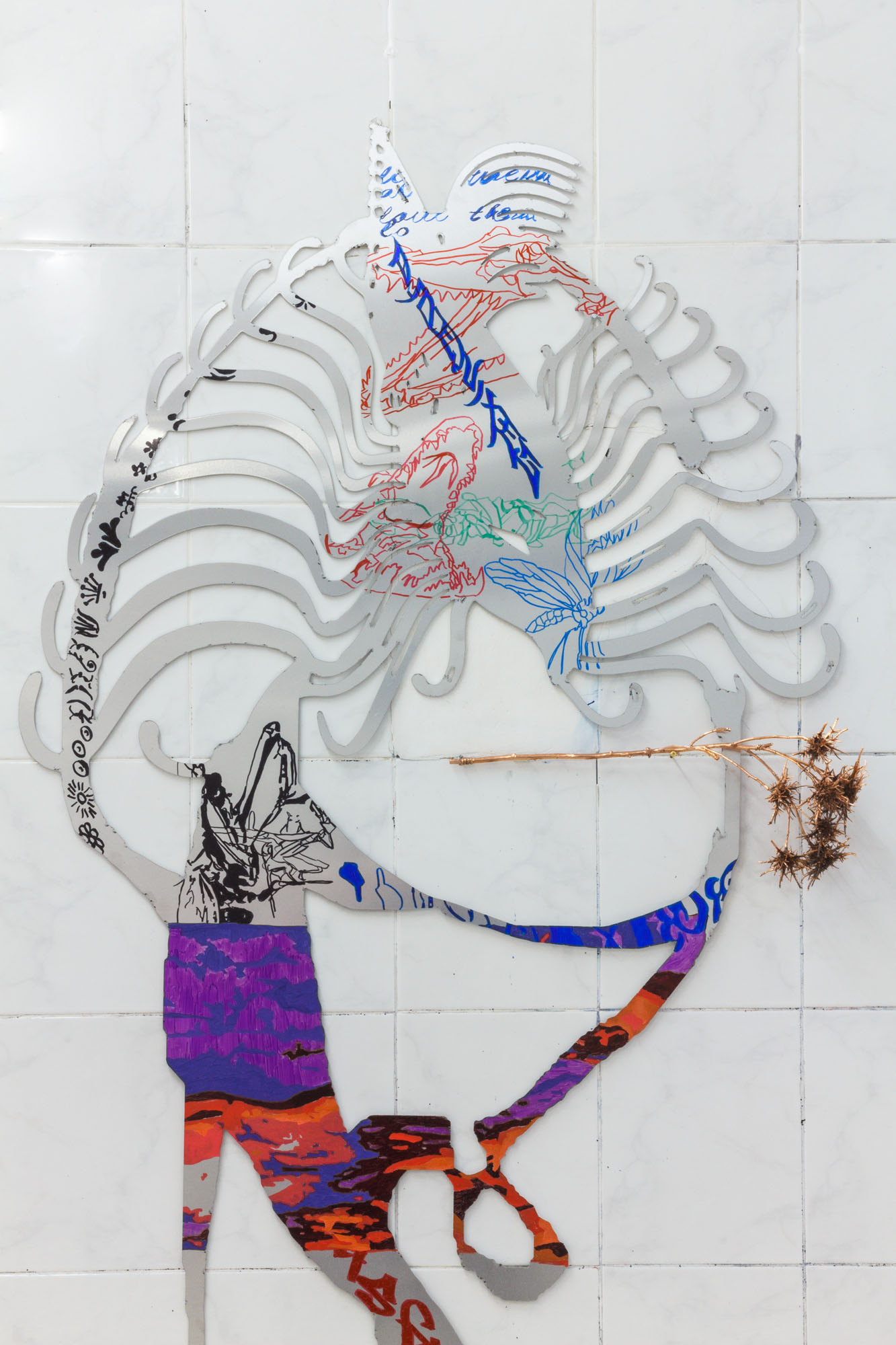
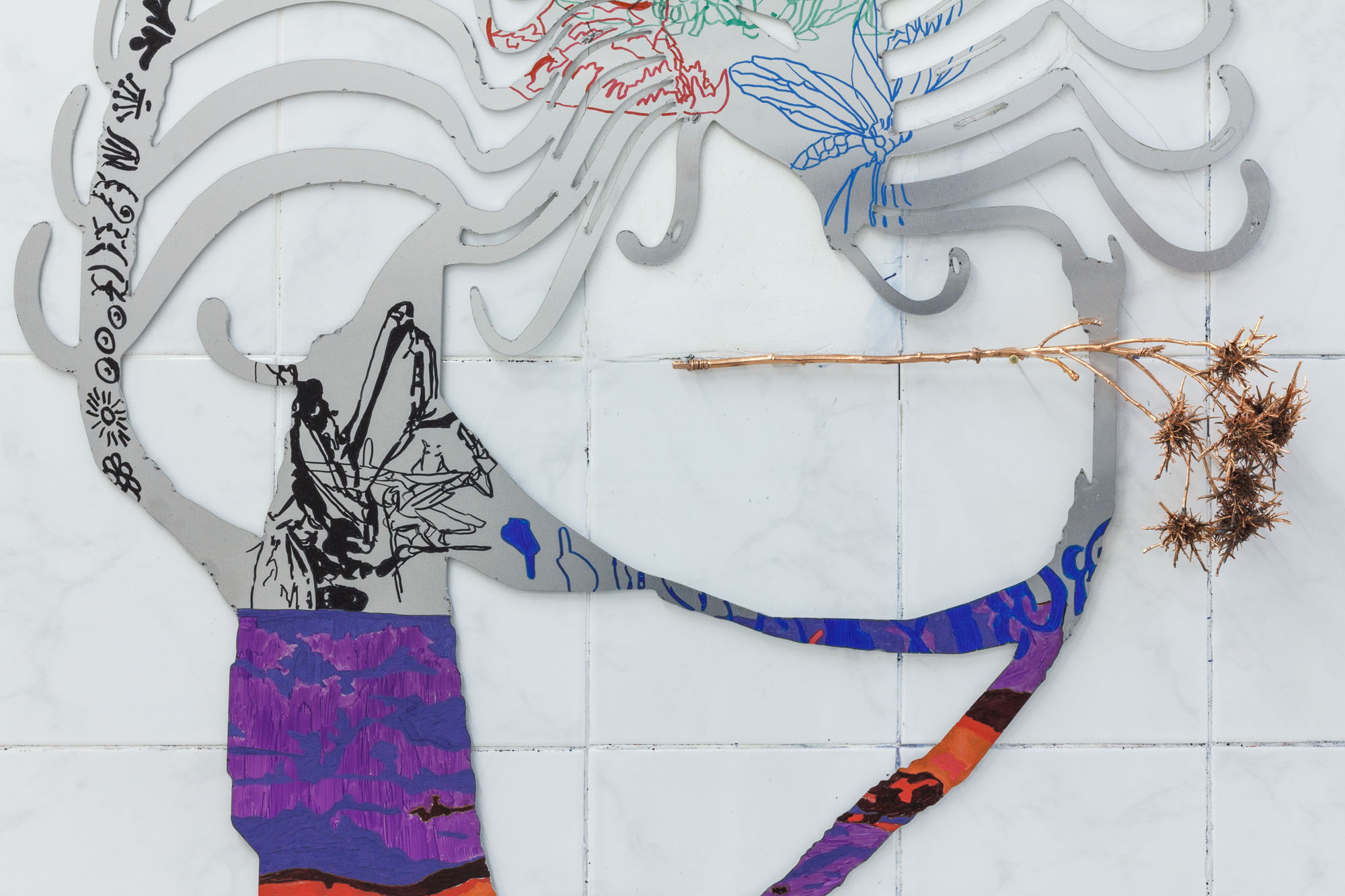
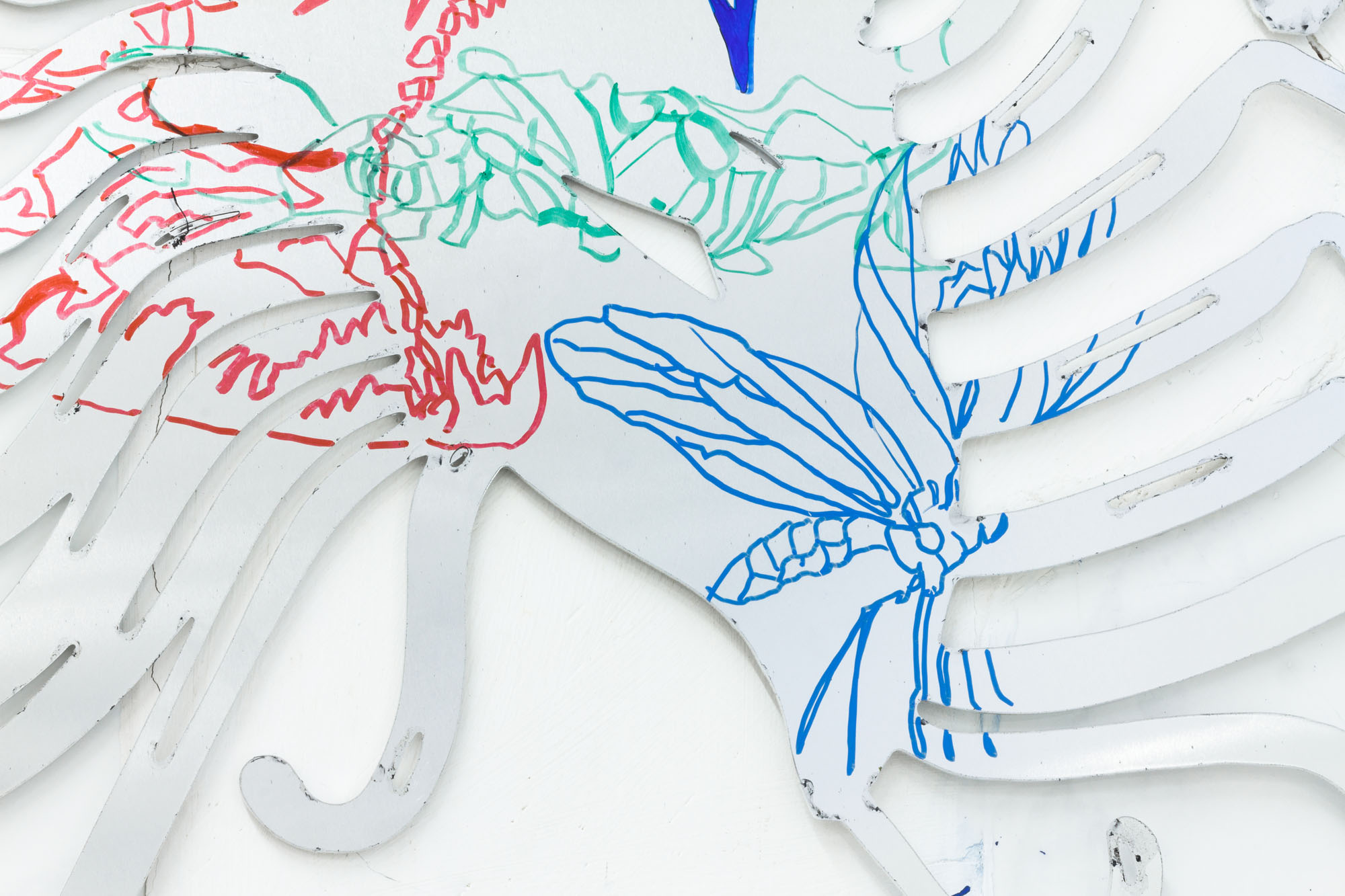
Unknown Synergy
Lito Kattou
At Tile Project Space, Milan, Italy
Curated by Mattia Giussani
Photography by Elena Radice
Tile Project Space
Previous Articles
OFLUXO is proudly powered by WordPress
